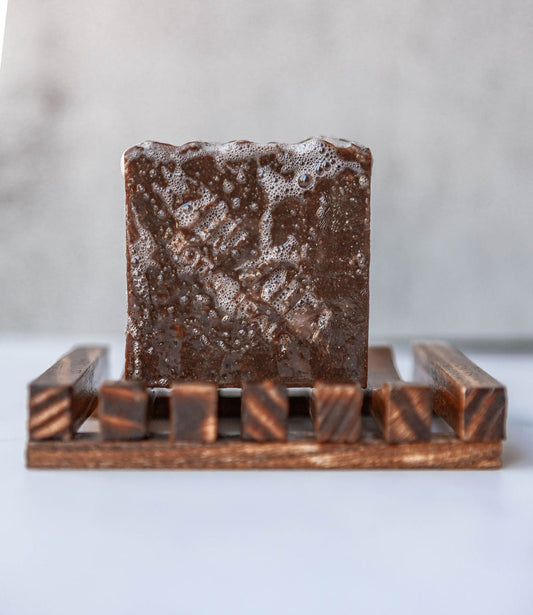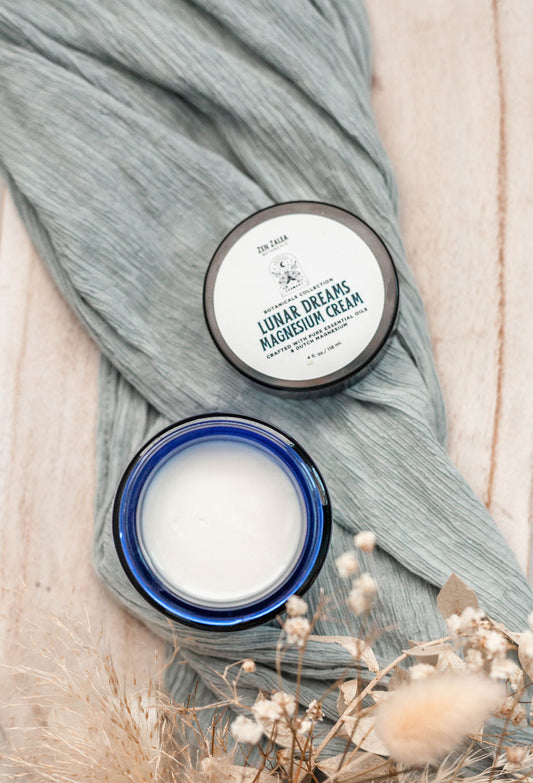Arnica For Pain Relief: Why Our CBD Topicals Actually Work and Fast
The U.S. Pain Foundation through CDC studies, estimates that nearly 21% of all Americans live with chronic pain. This amounts to an astounding 51.6 million adults who regularly deal with pain in some form. Chronic pain is defined as living with pain that restricts a person’s ability to work or participate in daily activities. These numbers highlight a severe problem within the nation when it comes to pain management. In many cases, this problem is the result of the cure being worse than the disease when it comes to the number of individuals who become dependent on pain medication as a result of seeking pain relief. Thankfully, there are more natural and healthy ways to handle pain and get back to living life at its fullest through using holistic methods like arnica. Read on to learn more about Arnica and its pain-relief properties as well as CBD and essential oils in topicals and the benefits they offer:
What is Arnica?
Arnica is derived from a wild plant that grows yellow or orangish flowers with long leaves, appearing much like a daisy. It is properly known as arnica montana but is also sometimes called by other nicknames, like mountain tobacco, sneezewort, wolfsbane, or leopard's-bane. It is native to the mountainous areas of Siberia and in Europe but is now grown around the world and throughout North America. This herb is a member of the sunflower family and contains anti-inflammatory properties. They should not be ingested orally and are best and most safely utilized topically. However, arnica is sometimes used as flavoring for foods, but in significant quantities, it can be poisonous.
How Does Arnica Work For Pain Relief?
Arnica, as a topical cream, balm, gel, or salve, can be used to treat various painful conditions such as aching joints, muscle soreness, sprains, and general pain. It has also been shown as a promising supplement to treat bruising. It contains active chemicals that effectively reduce swelling, decrease pain, and even act similar to an antibiotic. It works best when applied to the affected areas of the skin several times daily. It can also help with the common debilitating condition of arthritis by easing and soothing the pain. It works in the following beneficial ways:
- Soothe muscle aches
- Treat sprains
- Treat bruises
- Reduce inflammation
- Heal wounds
- Treat overexertion injuries
- Treat arthritis and joint pain
How it Helps Osteoarthritis
As mentioned above, arthritis is one condition that can be improved with arnica. This is also true for the wear-and-tear version of the disease, osteoarthritis. This condition impacts sufferers when the cartilage protecting the joints wears down over time, leaving them vulnerable. Several studies have shown the promise of arnica as a treatment, comparing it closely to the benefits gained from nonsteroidal anti-inflammatory drugs and other pain relievers.
What About Recovery?
Since the topical application of arnica has been shown to reduce swelling and bruising, it is often used for recovery from everything from exercise to surgery. Bruises tend to heal faster when arnica is applied as part of the recovery process. In addition, when combined with other types of products like menthol, arnica has also shown promising results when applied after exercise for those experiencing exercise-related muscle soreness.
How Long Has Arnica Been Used for Pain Relief?
Arnica has a long, storied past of being used for medicinal purposes, dating back as early as the 1500s. It is a perennial plant that grows to around one to two feet. Dried or fresh flower heads are used to create the medicinal preparations. In many cultures, arnica has been used for centuries to treat pain in a natural and homeopathic way, providing relief to those who are suffering from various conditions. In addition, even within North America, arnica has long been considered a mountain cure by people who have been living off the land for generations, hence its nickname mountain tobacco.
Side Effects and Possible Interactions
In most cases, when applying arnica on the skin topically and not taking it orally, it is pretty safe. However, if the skin is broken, it should not be applied in that area, or at least used with caution in this scenario. Also, individuals who are prone to allergic reactions to other similar plants can sometimes experience a mild allergic reaction. This herb is part of the Asteraceae family, which includes daisies, chrysanthemums, marigolds, and ragweed. So, anyone who has an allergy to this family of plants should take precautions using arnica and be cautious at first to determine their reaction. While there are no known food interactions, Arnica should not be taken with blood-thinning medications as this combination could increase bruising and bleeding. Therefore, when taking the following meds, arnica could cause an interaction problem:
- NSAIDs like ibuprofen
- Herpairn
- Warfarin
- Plavix
In addition, women who are pregnant or lactating should always ask their healthcare practitioner before using Arnica. Also, before any surgery, the use of arnica should be stopped at least two weeks prior to the procedure to prevent excess bleeding. Oral use of Arnica should also be ingested with caution, as it can have significantly more side effects and interactions than the topical version, especially if not properly dosed or diluted.
Why CBD Topicals and Essential Oil Blends Work Well: What Sets Our Products Apart?
CBD products are everywhere, and it can be difficult to determine what blend will work best for pain relief or other maladies. Our Tension Tarner Products are superior to many CBD topicals on the market today and include a proprietary blend of essential oils, CBD, and arnica. Our arnica is sourced from a reputable company in Oregon and our attention to quality and use of hemp-derived organic CBD makes our topical creams much more effective when using them to treat pain. This means that our products combine arnica along with other pain-relieving supplements to create the most effective and safe product available for chronic or occasional pain.


